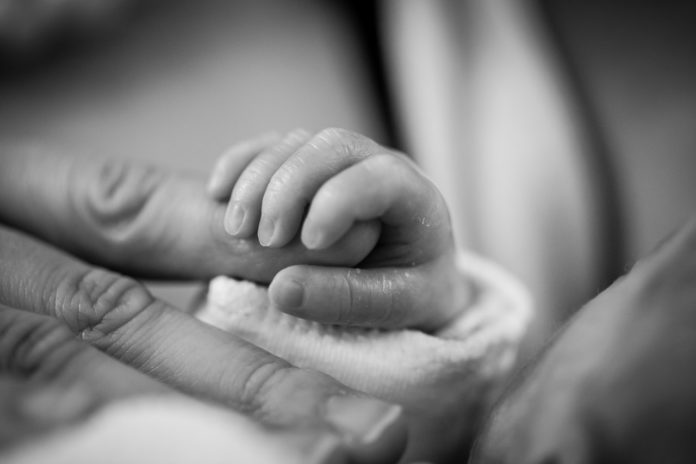All parents want their children to be born healthy. However, sometimes even a full-term healthy baby can suffer injuries during the process of birth. While passing through the birth canal, physical pressure and other natural forces of delivery and labor can cause injuries in children. This can lead to life-long developmental and physical disabilities.
In the past, birth injuries were a major cause of infant mortality. However, thanks to sophisticated medical techniques, the incidences are quite low. Still, the birth injury statistics in the US are pretty alarming, and approximately 28,000 infants are born with a birth injury every year in the US.
While severe injuries that may result in broken bones and nerve damage are rare, mild problems caused by the medical team’s negligence or lack of quality healthcare can also be categorized as birth injuries.
Not every ailment of the infant is a birth injury.
Legal action for a birth injury resulting from medical negligence can make you eligible for financial compensation that will allow you to pay for your child’s treatment.
This article will help you identify a birth injury and guide you in seeking medical and legal help, but first clear a few things up.
Is Birth Injury the Same as Birth Defect?
A birth defect is different from a birth injury. It is crucial to know the difference between the two.
Birth defects are illnesses that develop while the baby is still inside the womb. Modern medical techniques allow the detection of these defects even before a baby is born.
On the other hand, birth injuries are defects that develop during the process of birth while passing through the birth canal. Birth injuries can result from either delivery complications or negligence of the medical staff.
Most Common Birth Injuries
Birth injuries can range from minor issues that heal within days to something serious that may become a life-long defect. Many of these injuries result from the negligence of the hospital staff. Head injuries are among the most common birth injuries. Other common birth injuries include;
Cerebral Palsy
Babies born with cerebral palsy have weak muscles, lack motor skills, and suffer muscle spasms. They may develop additional issues like vision impairment and other learning disabilities as they grow up. Extreme hypoxic episodes sustained by the baby during birth can cause brain damage, which results in cerebral palsy. It is treated with the help of surgery and lifetime therapy.
Oxygen Deficiency
Oxygen deprivation during or after birth can result in chronic seizures. If the baby remains in the birth canal for too long, lack of oxygen can cause long-term brain damage resulting in physical and intellectual disabilities.
Fractured Collarbones
Bone fractures specifically, collarbone fractures, are common during a complicated delivery. These fractures heal on their own. However, the newborn needs to be immobilized until the bone heals completely.
Spinal Cord Injuries
Spinal cord injuries are among the most serious injuries since the spinal cord links the whole body to the brain. Paralysis and other diseases associated with nerve damage may occur. Spinal cord injuries can result from the forceful use of forceps by the doctor—a tool used to grasp the baby’s head and gently guide the baby out of the birth canal.
Perinatal Asphyxia
Perinatal asphyxia develops from a lack of oxygen in the blood. If a baby is pale or has difficulty breathing after being born, it results in perinatal asphyxia. It is a dangerous condition and can result in seizures, shock, and even coma.
Symptoms and Treatment of a Birth Injury
There are numerous signs and symptoms of a birth injury. Some symptoms appear immediately, while others take time to appear. Furthermore, some injuries might result from natural complications, while some point toward medical malpractice. It is not easy to detect a birth injury, but here are some signs that may help you identify it.
Immediate Symptoms
The general signs and symptoms of a birth injury that can be detected shortly after birth are;
- Seizures that occur within two days of birth
- Need for a CPR
- Loose arms resulting from lack of toned muscles
Delayed Symptoms
Some birth injuries take time to develop. These injuries can take up to one year to show symptoms, which include;
- Inability to do basic things like crawling and walking
- Stiff joints or muscles
- An inability to clap or grasp stuff
- Delayed achievement of developmental milestones
Treatment of Birth Injuries
If your child is born with a birth injury, treatment decisions are crucial right from the start. Early treatment will not only allow early recovery but slow down progression in case of life-long illnesses.
While mild injuries often do not require medical intervention, severe conditions require medication and surgery. Surgery is recommended for severe nerve damage or bone fracture. Physical therapy is used to treat Erb’s palsy. Alternative treatments like nutrition therapy and acupuncture are employed to strengthen the immune system and alleviate symptoms.
Seeking Legal Help for a Birth Injury
If medical professionals fail to provide you with the required care during labor or delivery, birth injuries in your baby become inevitable. If you suspect that medical negligence is the cause of your child’s birth injury, you can hold the hospital accountable for providing negligent care.
Find an experienced birth injury attorney; they are your best shot at getting financial assistance for the immediate treatment of your baby or your baby’s lifelong treatment. Preventable injuries resulting from the negligence of the hospital staff can also be taken to court.
Take Away
Birth injuries can take away the pleasure of being an expectant parent from you because no parent wants to see their child in pain. Being able to identify birth injury symptoms and seeking required medical help right away can save the life of your baby. Therefore, it is crucial to pick a good lawyer who can assist you through the legal route for seeking compensation on account of birth injury resulting from medical negligence. Seeking immediate medical and legal help after a birth injury is confirmed can prove to be the difference between life and death for your baby.









